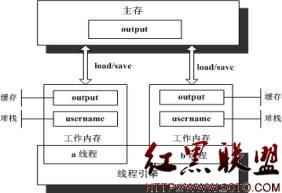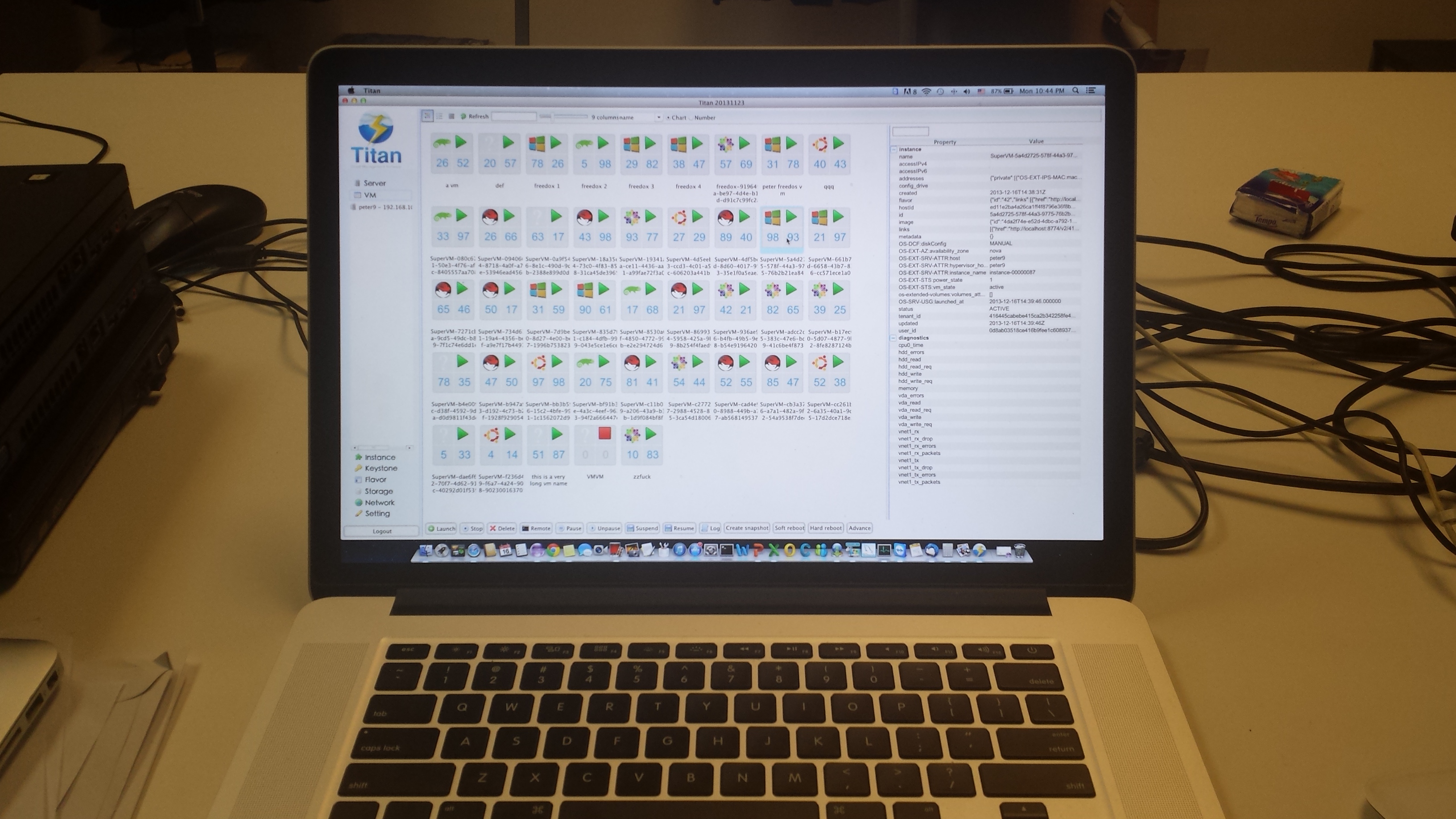Base64以及Md5的使用
利用md5,和base64对java应用中的敏感数据进行的加密和编码。1. md5和base64在易做图中的定义:
MD5即Message-Digest Algorithm 5(信息-摘要算法5),用于确保信息传输完整一致。 计算机广泛使用的杂凑算法之一(又译摘要算法、哈希算法),主流编程语言普遍已有MD5实现。将数据(如汉字)运算为另一固定长度值,是杂凑算法的基础原理,MD5的前身有MD2、MD3和MD4。md5 运算结果是一个固定长度为128位的二进制数,经过一系列的运算得到32个16进制数。
Base64是一种使用64基的位置计数法。它使用2的最大次方来代表仅可打印的ASCII 字符。这使它可用来作为电子邮件的传输编码。在Base64中的变量使用字符A-Z、a-z和0-9 ,这样共有62个字符,用来作为开始的64个数字,最后两个用来作为数字的符号在不同的系统中而不同。一些如uuencode的其他编码方法,和之后binhex的版本使用不同的64字符集来代表6个二进制数字,但是它们不叫Base64。base64算法在易做图里面的例子讲的很好很详细。
link: md5 http://zh.易做图.org/wiki/MD5
base64 http://zh.易做图.org/wiki/Base64
2. 下面我将用代码的形式给出如何使用base64和md5算法(如果有其他的方法或者比较好的使用方式,期望同胞们不吝赐教。因为我还没有实际工作过,先谢谢了。)
Java代码
package com.piedra.base64;
import java.io.IOException;
import sun.misc.*;
/**
* 通过这个类实现利用base64算法进行编码和解码。
* @author
*
*/
public class Base64 {
@SuppressWarnings("restriction")
public String encode(String toEncodeContent){
if(toEncodeContent == null){
return null;
}
BASE64Encoder encoder = new BASE64Encoder();
return encoder.encode(toEncodeContent.getBytes());
}
public String encode(byte [] toEncodeContent){
return encode(new String(toEncodeContent));
}
@SuppressWarnings("restriction")
public String decode(String toDecodeContent){
if(toDecodeContent == null) {
return null;
}
byte[] buf = null;
try {
buf = new BASE64Decoder().decodeBuffer(toDecodeContent);
} catch(IOException e){
e.printStackTrace();
} finally {
}
return new String(buf);
}
}
package com.piedra.base64;
import java.io.IOException;
import sun.misc.*;
/**
* 通过这个类实现利用base64算法进行编码和解码。
* @author
*
*/
public class Base64 {
@SuppressWarnings("restriction")
public String encode(String toEncodeContent){
if(toEncodeContent == null){
return null;
}
BASE64Encoder encoder = new BASE64Encoder();
return encoder.encode(toEncodeContent.getBytes());
}
public String encode(byte [] toEncodeContent){
return encode(new String(toEncodeContent));
}
@SuppressWarnings("restriction")
public String decode(String toDecodeContent){
if(toDecodeContent == null) {
return null;
}
byte[] buf = null;
try {
buf = new BASE64Decoder().decodeBuffer(toDecodeContent);
} catch(IOException e){
e.printStackTrace();
} finally {
}
return new String(buf);
}
}
下面是测试代码:
Java代码
package com.piedra.base64;
import static org.junit.Assert.*;
import org.junit.After;
import org.junit.Before;
import org.junit.Test;
public class Base64Test {
private Base64 base64;
@Before
&nbs
补充:综合编程 , 安全编程 ,




